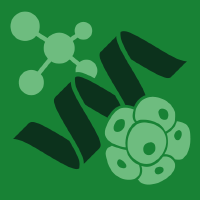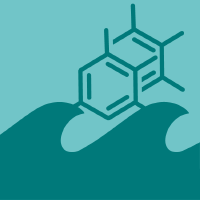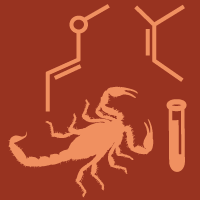Topic Editors




Marine Biotoxins and Bioactive Marine Natural Products
Topic Information
Dear Colleagues,
Marine biotoxins are bioactive marine natural products produced by microorganisms such as dinoflagellates, diatoms, cyanobacteria, and bacteria. These toxins are often transmitted through the food chain and accumulate in marine organisms consumed as seafood. When humans consume poisonous seafood, this can severely affect their health and in some cases lead to death. Elucidating the chemical characterization of marine biotoxins is one of the most essential aspects of assessing and managing the human health risks posed by seafood. Furthermore, understanding the ecology, distribution, and physiology of organisms that produce, multiply, and accumulate toxins is an important research area in order to understand the dynamics of marine toxins in the marine environment.
The Topic “Marine Biotoxins and Bioactive Marine Natural Products” aims to bring together the latest knowledge in the field to elucidate the dynamics and pathogenesis of marine biological toxins.
Dr. Naomasa Oshiro
Prof. Dr. Ana Gago-Martínez
Prof. Dr. Takeshi Tsumuraya
Prof. Dr. Tsuyoshi Ikehara
Topic Editors
Keywords
- marine biotoxin
- marine natural products
- seafood safety
- food poisoning
- toxinology
- ciguatera poisoning
- shellfish poisoning
- tetrodotoxin
Participating Journals
| Journal Name | Impact Factor | CiteScore | Launched Year | First Decision (median) | APC | |
|---|---|---|---|---|---|---|

Applied Biosciences
|
- | - | 2022 | 37.7 Days | CHF 1000 | Submit |

Journal of Marine Science and Engineering
|
2.9 | 3.7 | 2013 | 15.4 Days | CHF 2600 | Submit |

Marine Drugs
|
5.4 | 9.6 | 2003 | 14 Days | CHF 2900 | Submit |

Toxins
|
4.2 | 7.5 | 2009 | 18.4 Days | CHF 2700 | Submit |

Molecules
|
4.6 | 6.7 | 1996 | 14.6 Days | CHF 2700 | Submit |

MDPI Topics is cooperating with Preprints.org and has built a direct connection between MDPI journals and Preprints.org. Authors are encouraged to enjoy the benefits by posting a preprint at Preprints.org prior to publication:
- Immediately share your ideas ahead of publication and establish your research priority;
- Protect your idea from being stolen with this time-stamped preprint article;
- Enhance the exposure and impact of your research;
- Receive feedback from your peers in advance;
- Have it indexed in Web of Science (Preprint Citation Index), Google Scholar, Crossref, SHARE, PrePubMed, Scilit and Europe PMC.

